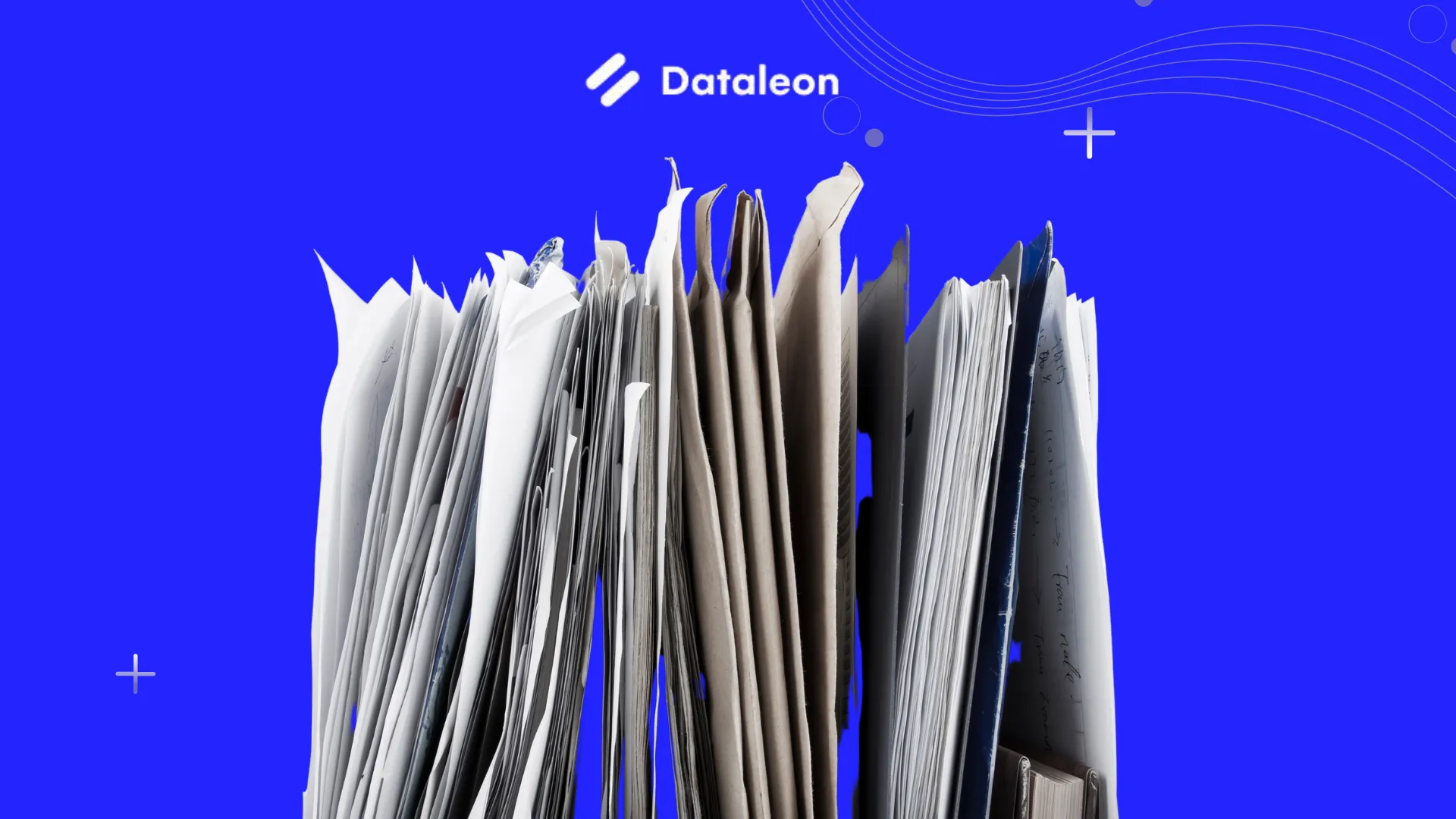OCR signification and Its role in streamlining workflows for businesses and organizations
Unlock the potential of OCR : discover precisely what it is and fully grasp how it intelligently operates. Explore its transformative capabilities today.



Unlock the potential of OCR : discover precisely what it is and fully grasp how it intelligently operates. Explore its transformative capabilities today.

OCR stands for Optical Character Recognition, a technology that converts scanned documents or images containing text into machine-encoded text. This process allows computers to read and understand the text, making it searchable and editable. OCR is widely used in many industries, including banking, healthcare, and government, among others.
OCR technology can recognize various languages, including English, Spanish, Chinese, and many others. OCR can recognize printed or handwritten text and even text that is stylized or distorted.
The signification of OCR is essential in many industries. OCR technology has revolutionized the way we handle and process large volumes of data. OCR technology allows us to quickly scan and digitize paper documents, eliminating the need for manual data entry. This process saves time and reduces the risk of errors that can occur with manual data entry.
In the banking industry, OCR is used to process checks and other financial documents quickly. OCR can recognize handwritten numbers and text, making it possible to process checks and other financial documents more efficiently.
In the healthcare industry, OCR is used to digitize patient records, making them easily accessible to healthcare providers. OCR technology allows healthcare providers to quickly search and retrieve patient records, improving patient care and safety.
OCR is also used in the government to digitize records and documents, making them accessible to the public. OCR technology makes it easier for citizens to access government records and documents, promoting transparency and accountability.
OCR technology uses advanced algorithms to analyze and recognize text in scanned documents or images. The process involves several steps, including image pre-processing, text detection, character segmentation, and recognition.
Image pre-processing involves cleaning up the scanned image and enhancing its quality to make it easier for OCR algorithms to recognize the text. Text detection involves locating and extracting text from the image, while character segmentation involves separating the individual characters from the text.
The final step is character recognition, where OCR algorithms analyze the individual characters and compare them to a database of known characters. The OCR software then selects the best match for each character, resulting in a machine-encoded text version of the original document.
OCR technology offers many advantages, including faster document processing times, improved accuracy, and reduced labor costs. OCR can also help organizations to become more environmentally friendly by reducing paper waste.
However, OCR is not without its limitations. OCR algorithms can struggle with poorly scanned or low-quality documents, resulting in inaccurate text recognition. OCR is also not foolproof and may miss certain text, particularly if it is handwritten or stylized.
To get the most out of OCR technology, it is essential to follow some best practices. First, ensure that your documents are of high quality and properly scanned. This will help to improve OCR accuracy and reduce errors. Second, choose an OCR software that is compatible with your industry and document types. Finally, test your OCR software regularly and fine-tune it to improve its accuracy.
In conclusion, OCR is a powerful technology that has revolutionized the way we handle and process data. OCR signification is essential in many industries, allowing us to process documents quickly and accurately, improving efficiency and reducing the risk of errors. With its advanced algorithms and powerful text recognition capabilities, OCR technology is a valuable tool for any business or organization looking to digitize their documents and improve data processing efficiency.
Contactez nos experts pour des solutions innovantes et personnalisées
Tester la plateforme gratuitementNous contacter.svg)
15 jours d'essai
.svg)
Pas de carte de crédit
.svg)
Annulez à tout moment